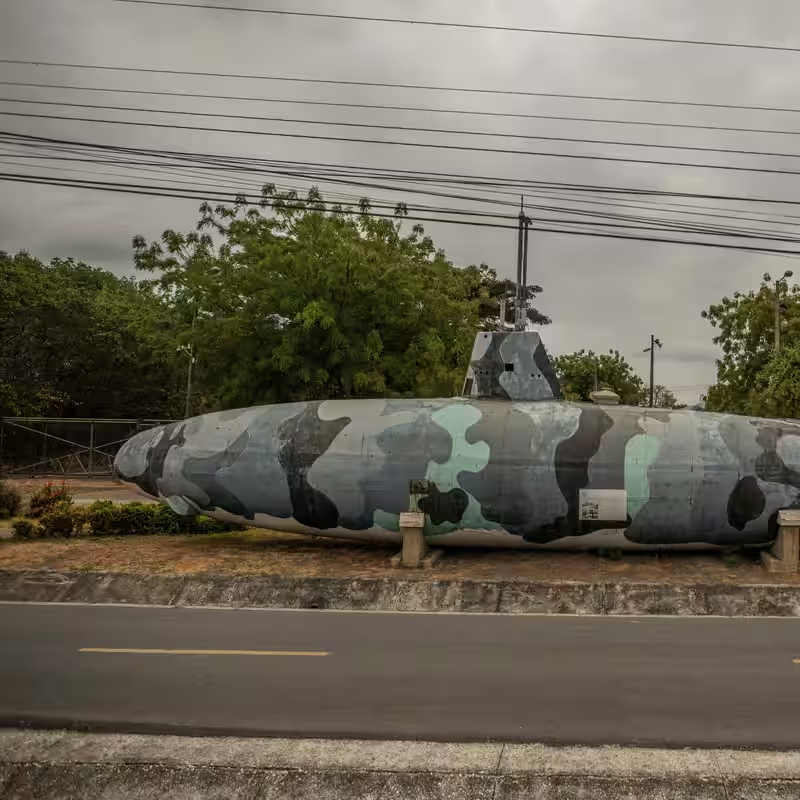At a quiet naval base in Ecuador, a chilling exhibit has drawn global attention: a lineup of real, confiscated drug-smuggling submarines—sophisticated vessels built not by governments, but by cartels. These aren’t Hollywood props. They’re fully functional, diesel-electric machines capable of crossing oceans undetected, and they’re a key reason why stopping the flow of narcotics remains one of the hardest challenges in modern law enforcement .
What Are Drug-Smuggling Submarines?
Often called “narco-submarines,” these semi-submersibles are custom-built in remote jungle workshops across Colombia, Ecuador, and Peru. Ranging from 50 to 100 feet long, they can carry up to 10 tons of cocaine and travel over 3,000 nautical miles without refueling. Most operate just below the surface, with only a snorkel or periscope visible—making them nearly invisible to radar and patrol aircraft .
The display in Ecuador includes three such vessels seized in 2024 and 2025, each more advanced than the last. One even features GPS navigation, air conditioning, and sleeping quarters for a crew of four.
Why Drug-Smuggling Submarines Are So Hard to Stop
Despite billions spent on interdiction, these submarines exploit critical gaps in maritime surveillance:
- Stealth design: Low radar cross-section and minimal wake evade detection.
- Remote construction: Built in dense rainforests far from government oversight.
- Rapid deployment: Launched from hidden river mouths under cover of darkness.
- Disposability: Many are scuttled after a single trip to avoid capture.
By the Numbers: The Rise of Narco-Subs
| Year | Submarines Detected | Estimated Cocaine Moved (Tons) |
|---|---|---|
| 2020 | 12 | 120 |
| 2023 | 27 | 270 |
| 2025 (YTD) | 34 | 340+ |
Source: U.S. Southern Command & Ecuadorian Navy
How Navies Are Fighting Back
Ecuador’s display isn’t just for show—it’s part of a regional intelligence-sharing initiative. Partnering with the U.S. Coast Guard and Colombian forces, Ecuador has deployed AI-powered radar drones and underwater acoustic sensors along its Pacific coast. In one recent operation, this tech helped intercept a submarine carrying $400 million worth of cocaine before it reached Central America .
Still, experts warn that as long as demand remains high and profits astronomical, cartels will keep innovating. “These aren’t crude rafts anymore,” says Admiral Luis Rojas of the Ecuadorian Navy. “This is maritime engineering funded by drug money—and it’s evolving faster than our defenses.”
The Bigger Picture
The submarines on display symbolize a grim reality: the drug war has gone high-tech. While public attention focuses on street-level enforcement, the real battle is being waged in international waters—with billion-dollar stakes and silent, steel-hulled ships slipping through the waves.




